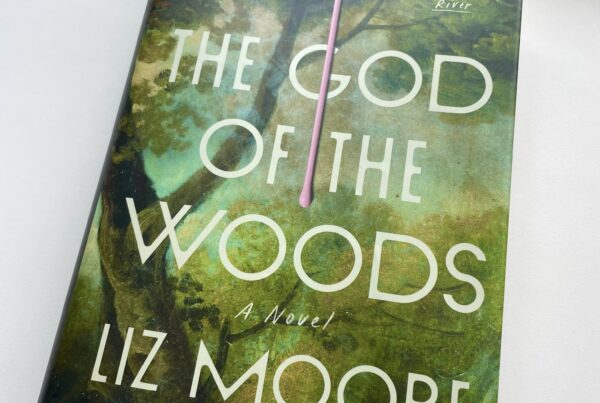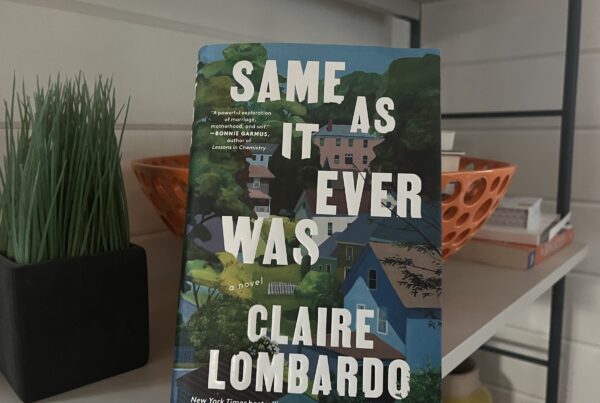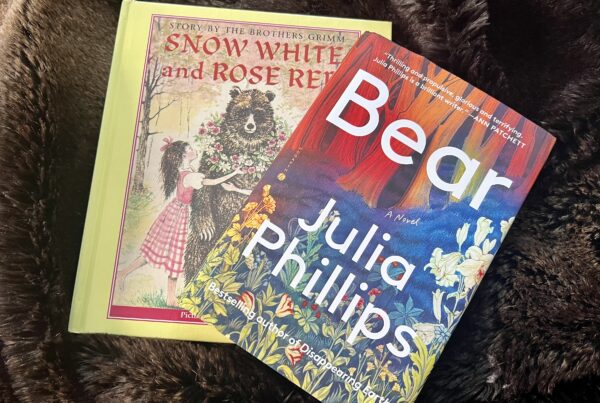I used to teach a class on dystopian fiction to high school seniors. They immediately liked Orwell’s 1984 and they were communally interested in Ishiguro’s Never Let Me Go, but when it came to Margaret Atwood’s The Handmaid’s Tale, they splintered as a cohesive reading group. Some counted it as one of their favorite books of all time, while others felt that the novel was bizarre, far-fetched, or simply hard to read. Student response to the book did not depend entirely on gender, either; some of the book’s biggest fans were boys.
Why? Many reasons, certainly – but for starters, The Handmaid’s Tale paints a graphic picture of state-sanctioned rape, which is uncomfortable to read and think about. And, it openly critiques and satirizes men and male-led governments that place women on a pedestal while at the same time using and abusing them.
Atwood’s The Testaments picks up all of the indelible threads and characters first presented in 1986 – principally Aunt Lydia, one of the most powerful women in the religious autocracy called Gilead who, along with other Aunts, is responsible for managing the female sphere. Aunt Lydia is as cold and calculating as she was in The Handmaid’s Tale – but in The Testaments, we get inside her mind and come to understand who she was, is, and what she herself believes.
In The Testaments, as in The Handmaid’s Tale, Atwood conceives of and explores the tremendous power that women have – among other women but also among men. In the sequel, Aunt Lydia wields true influence not only over her colleagues and mentees but also over Commander Judd, Gilead’s leader. It’s not too surprising to learn that before the coup resulting in the government of Gilead, Aunt Lydia was a judge – and a well-trained one, too. In The Testaments, she impressively uses every intellectual skill she possesses in the pursuit of her idea of justice.
In her captivating sequel, Atwood continues to emphasize the importance of reading and education. Aunt Lydia’s power in this misogynistic society absolutely derives from her knowledge – of the past and of people – as well as her literacy. The Testaments, like The Handmaid’s Tale, is narrated by women through written accounts that they left behind for posterity, and proves that the power to read, write, compare, contrast, speak and advocate transcends the physical power that a body, specifically a female body, may have.
It would be nice to say that The Testaments is easier to read than The Handmaid’s Tale because its story of male single-mindedness and sexism and female cleverness and resiliency is an outdated binary – however, I doubt that is the case. I suspect instead that it’s easier to read because readers don’t any longer find disturbing hallmarks of its dystopian society far-fetched at all.




